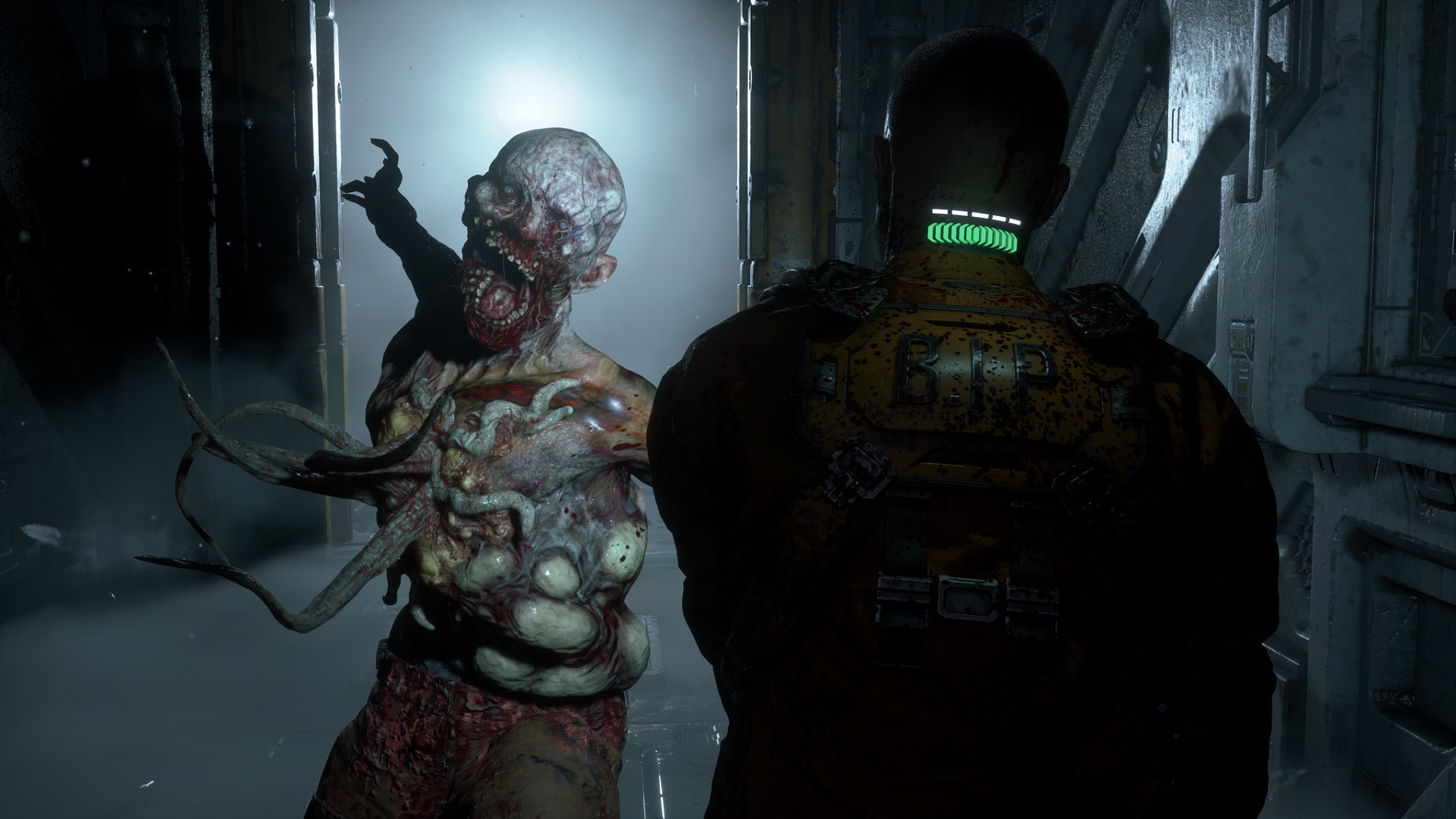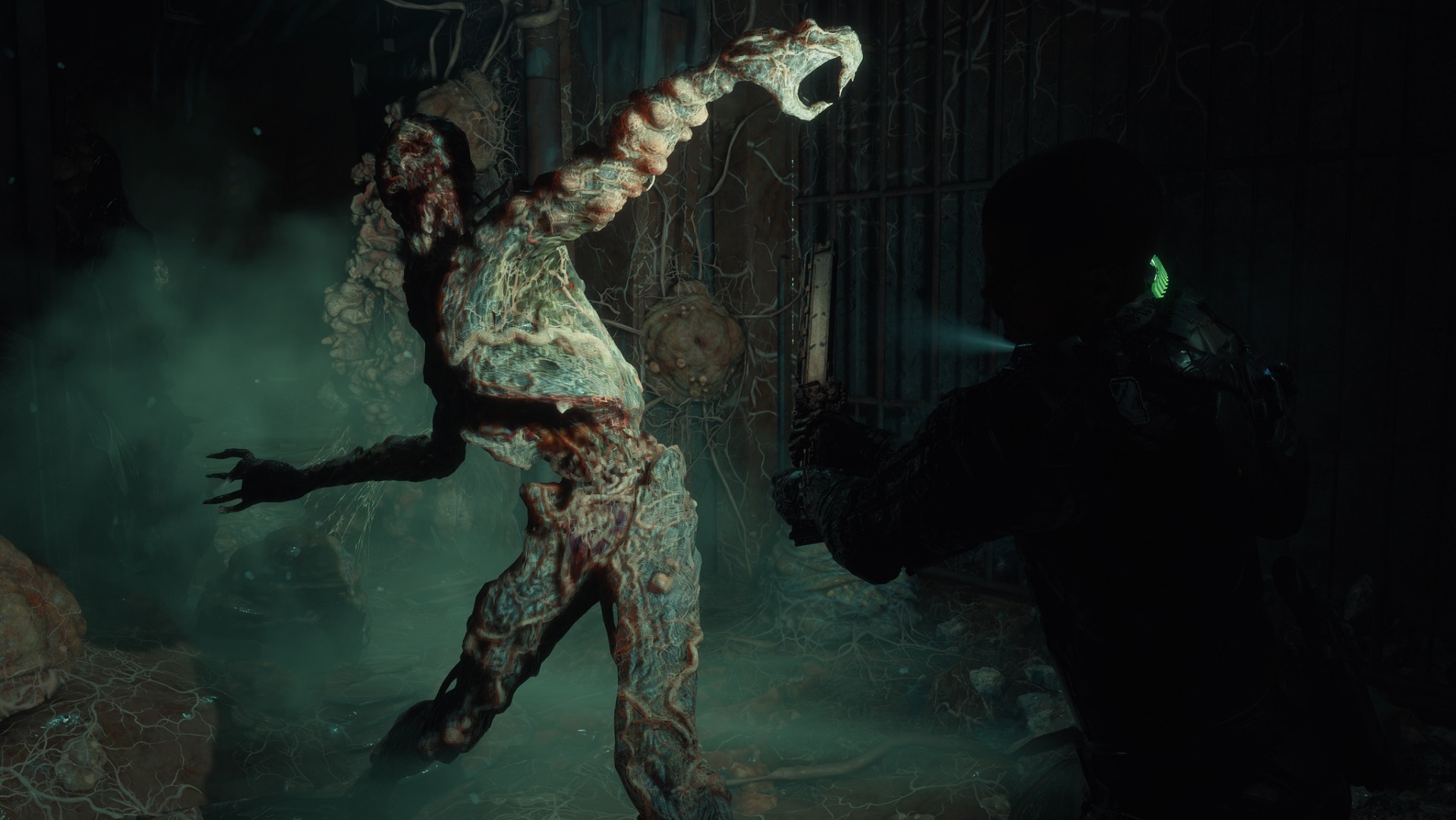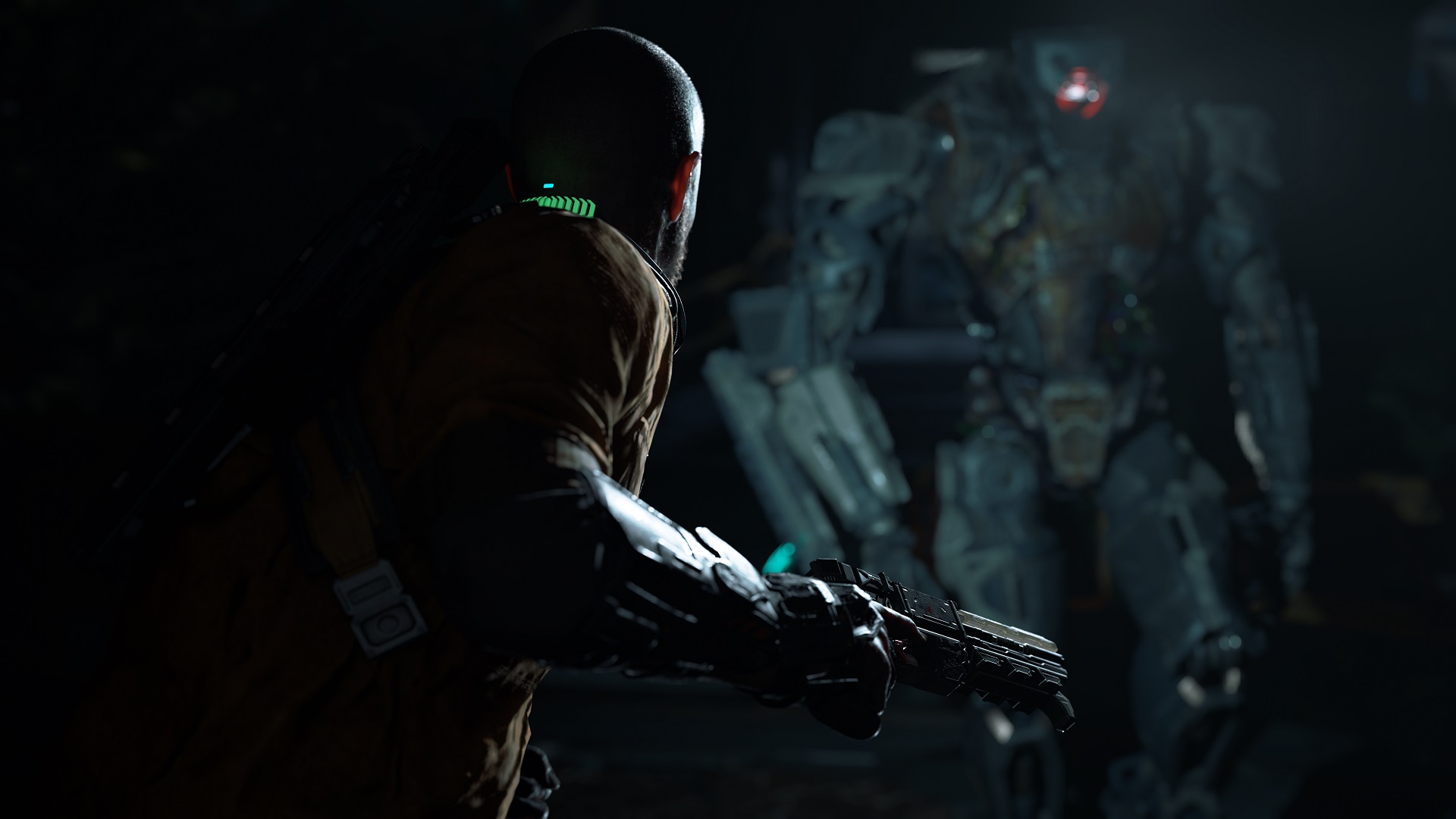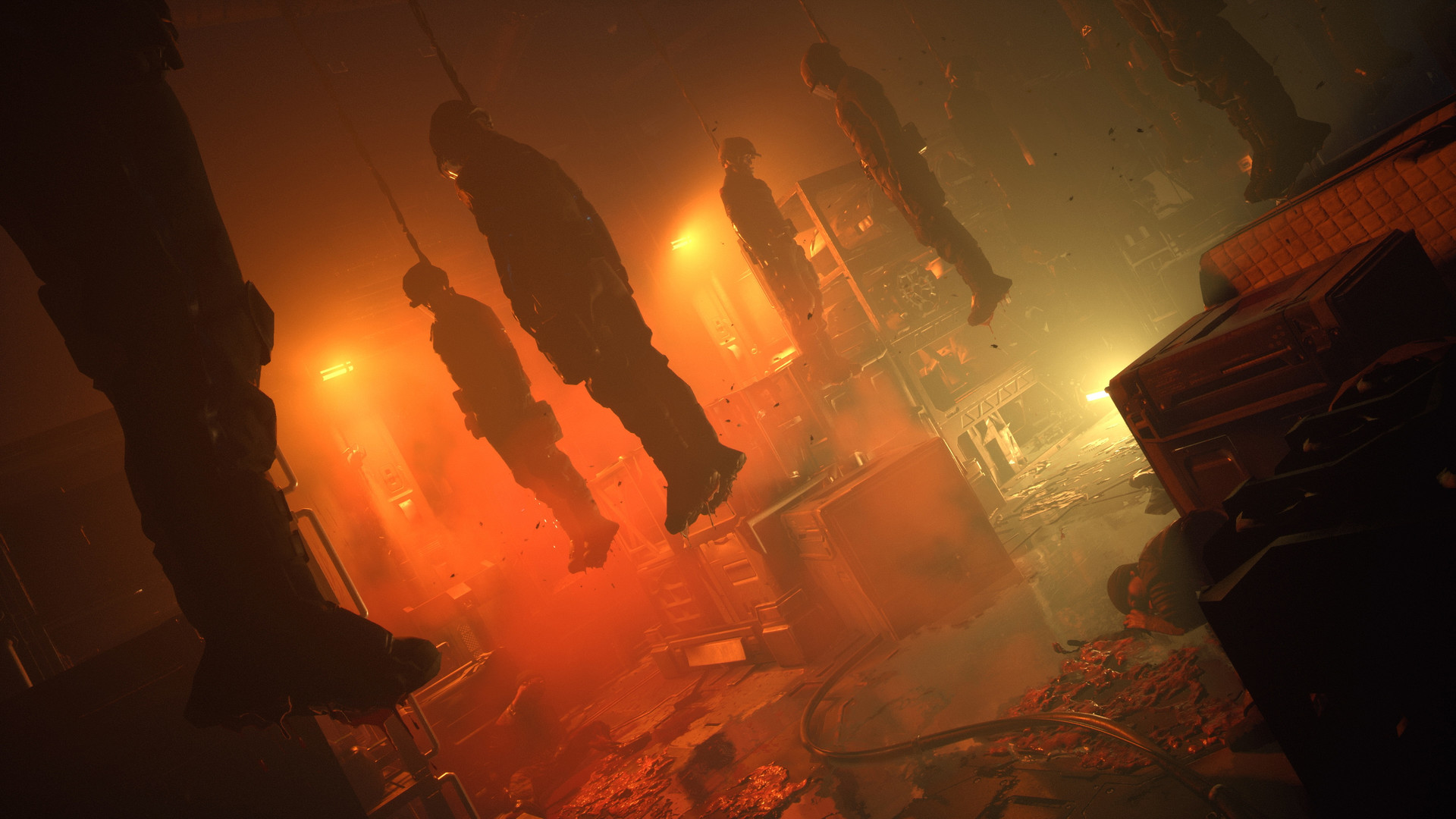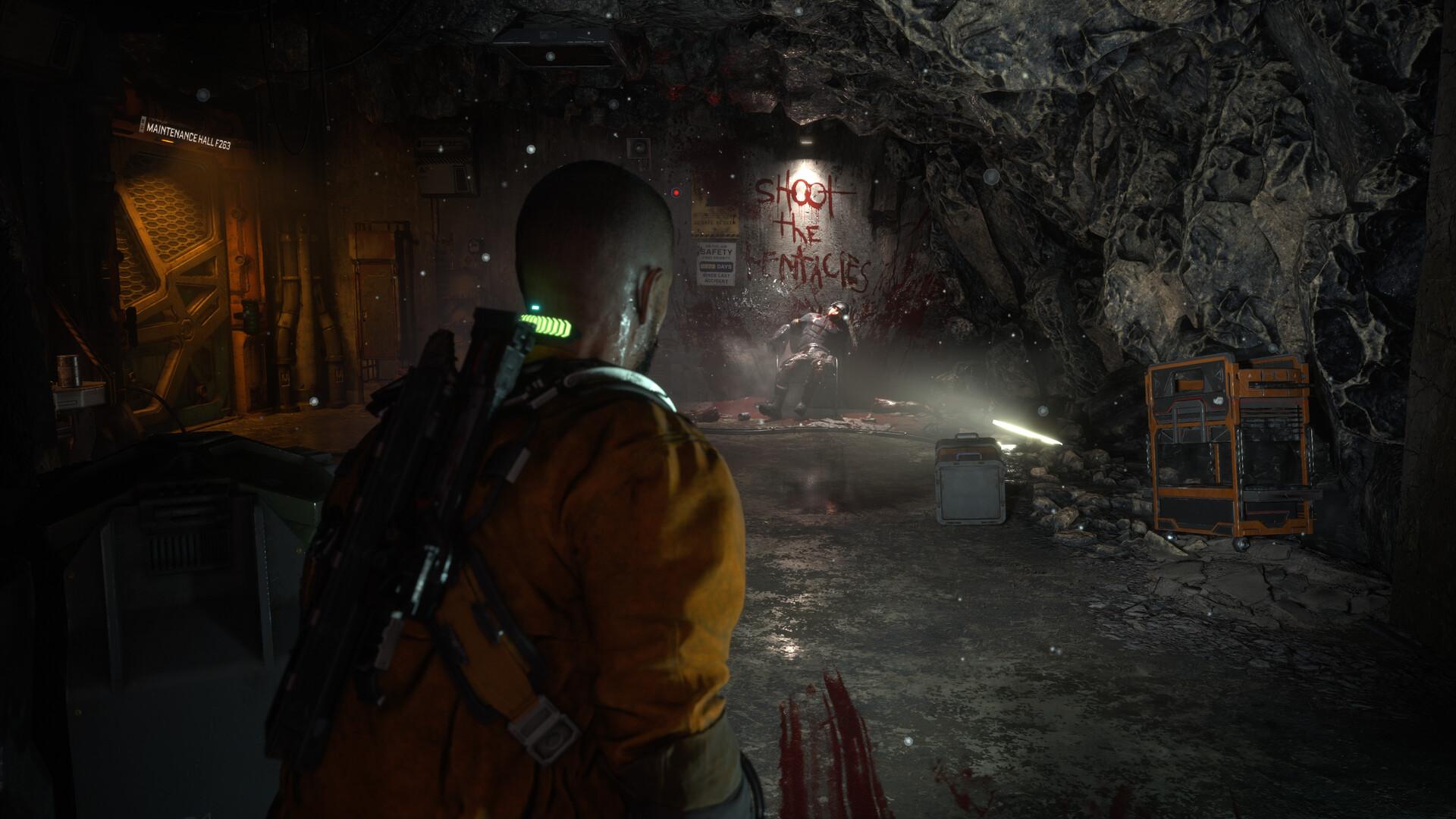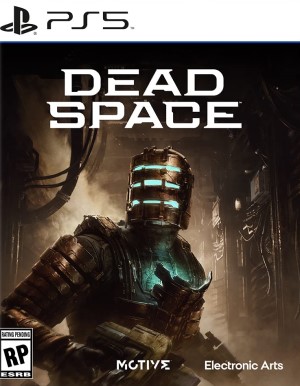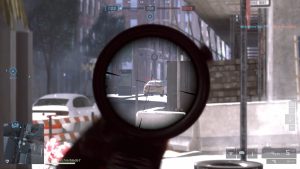
The Callisto Protocol is here, and to say the least, it’s divided opinion. Criticism of some mechanics and design decisions has been widespread, but at the same time, there’s a sizeable chunk of the player base that’s enjoying what the game has on offer. However, regardless of which side of that debate you fall on, one thing that’s clear for everyone to see is how heavily it’s inspired by Dead Space. That doesn’t come as a surprise, of course, given the fact that it’s made by former Dead Space vets and has been widely billed as a Dead Space spiritual successor in the lead-up to launch.
At the same time, however, it’s not all Dead Space. The two games have quite a bit in common, but The Callisto Protocol also differentiates itself from Dead Space in a number of key ways- some for the better, others not so much. Here, we’re going to take a look at a few of those.
THE CALLISTO PROTOCOL IS MUCH MORE COMBAT-HEAVY
If you go into The Callisto Protocol expecting the kind of constant dread and palpable horror that characterizes Dead Space, you might walk away a little disappointed. Visceral’s 2008 horror title was way more focused on the actual horror than it was on the action, which is one of several things that have endeared the game to so many genre fans. Combat was, of course, a key part of the experience, but it wasn’t front and center in almost every single thing you did.
That’s not the case in The Callisto Protocol. Striking Distance Studios’ debut title revolves primarily around combat- in fact, it would probably be accurate to say that at least 70-80% of the game is combat. There aren’t too many puzzles (if any) and exploration is limited at best (more on this in a bit), which means that your primary way of interacting with the game (when you’re not walking around, that is) is going at it against enemies. In fact, even the nature of the combat itself is quite different in The Callisto Protocol from how Dead Space’s combat functioned. That, incidentally, brings us to our next point.
THE CALLISTO PROTOCOL PLACES MUCH GREATER EMPHASIS ON MELEE COMBAT
The way you go about fighting enemies in The Callisto Protocol doesn’t have a lot in common with how Dead Space went about things. Other than the very superficial similarity of third person over-the-shoulder shooting in both games, the flow of combat in both is very different. Dead Space is all about carefully aiming and placing your shots, and while there certainly is a little bit of that going on in The Callisto Protocol as well, it’s really much more about melee, up-close fighting.
Swinging at enemies with your stun baton will be your bread and butter for the majority of the experience, which means the general moment-to-moment action ends up being an entirely different beast. You don’t have to worry as much about things such as ammo conservation, with a much greater emphasis being placed on using light and heavy attacks in conjunction with others tools, such as your guns or the GRP (we’ll circle back to the latter in a bit). Meanwhile, another huge byproduct of the melee focus is The Callisto Protocol’s divisive dodge system, which makes dodging way, way more prominent than you’ve seen in any other survival horror game.
DISMEMBERMENT ISN’T AS PROMINENT IN THE CALLISTO PROTOCOL
The Callisto Protocol prides itself on how brutal, visceral, and gory it is, and that, at least, is one area where no one can take anything away from the game. Enemies will often be ripped to shreds in glorious chunks of blood and visceral, walls and floors are spattered with blood and bits of flesh and bone, and each attack lands with a satisfying, crunching impact. But in spite of how gleefully violent it is, The Callisto Protocol doesn’t focus on dismemberment as much as the game it’s billed as a spiritual successor to.
There is, of course, some dismemberment in here, and it pops up often enough in combat- but not nearly on the same level as Dead Space, where dismemberment was very much a central gameplay mechanic. Using well-placed shots and even switching the angle of those shots on the fly was a crucial part of that game’s combat, because dismembering enemies was often crucial to success, and a great way to conserve ammo. That’s not really a concern in Striking Distance Studios’ new game.
THE CALLISTO PROTOCOL INTRODUCES STEALTH
As we’ve discussed, combat is The Callisto Protocol’s primary focus (and melee combat, at that), but there are some occasions where stealth is an option (and others where it’s a necessity). Stealth wasn’t much of a thing in Dead Space, whereas in The Callisto Protocol, it’s its own branch of gameplay (though not a very prominent one). You can crouch, sneak past enemies, and even sneak up to them while they have their back turned to you to stab them in the head with a shiv for a quick kill. You’re not going to be doing a lot of it by any means, but there is some stealth in there, for those who enjoy it.
THE GRP
In addition to your stun baton, the GRP is another one of your most important tools in The Callisto Protocol, and it doesn’t function like anything you’ve got in Dead Space, which means it adds its own unique wrinkles to the gameplay. The GRP is a gravity-manipulation glove that runs on an automatically recharging battery (though you can manually recharge it using battery packs as well), and it allows you to pull enemies or objects toward you, or fling them away.
It’s not like, say, Control, where you can use your telekinesis abilities to manipulate nearly everything in your surroundings, but it does give you the freedom to pull ranged enemies close to you, push others away when you’re being mobbed, or even fling foes into environmental hazards, or even right off the map.
THE CALLISTO PROTOCOL DOESN’T OFFER TOO MUCH EXPLORATION
Exploration is a key part of the gameplay loop in most survival horror games, and that was very much the case in Dead Space as well. The USH Ishimura was a vast, sprawling ship, and much of it was interconnected, with paths looping in and around each other and areas connecting back to older parts of the ship. Backtracking wasn’t only encouraged, often it was even necessary.
That’s not really the case in The Callisto Protocol, which is more than a little disappointing. The game isn’t just linear- it’s hyper-linear. You’re constantly moving forward through narrow corridors, there aren’t a lot of branching paths or hidden areas, you’re never given much incentive to go exploring, and backtracking isn’t only de-emphasized, it’s often outright blocked entirely. Hell, The Callisto Protocol doesn’t even have a map, which says a lot about the importance of exploration (or the lack of it) in this game.
THE CALLISTO PROTOCOL’S JACOB LEE ISN’T A SILENT PROTAGONIST
This is one that ties into the story rather than the gameplay, but it’s obviously a key difference between The Callisto Protocol and Dead Space. The latter starred Isaac Clarke as its protagonist, though he was a silent character, and more of an avatar for the player than an actual personality himself. It wasn’t until the sequels that Isaac was given a voice and turned into an actual, real character. The Callisto Protocol’s protagonist Jacob Lee (Josh Duhamel), is obviously voiced, which in turn means he’s automatically much more active participant in the storytelling. Of course, Isaac is going to be voiced in the upcoming Dead Space remake, and we’re curious to see what kind of an effect that will have on the game’s story and the way it’s told.








